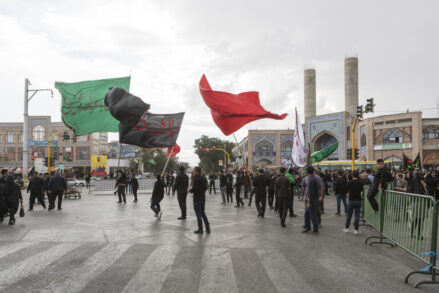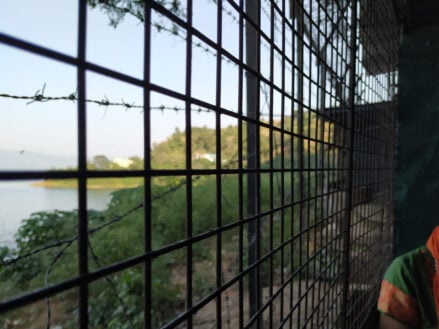Exporting pressure

As China’s global influence grows, the country is exporting its all-pervasive systems for “protection” and “security” inside the country. This is perhaps most on display in China’s brutal oppression of the Uyghur population in Xinjiang, but it’s used elsewhere in China, as well.
This ability to export this kind of data has many international observers worried. In July 2020, Democrats on a committee in the U.S. Senate put together a report that accused China of “digital authoritarianism.” In the report, the authors show how Uzbekistan has expanded surveillance in its capital city with the help of Chinese surveillance technology in an effort to “digitally manage political affairs.” Given that the Uzbek government systematically targets churches, it’s easy to imagine how this investment in surveillance might have a chilling effect on religious freedom.
A month after the Senate’s report released, The Washington Post published an editorial in August 2020 highlighting the report and showing how China is using technology to target minority populations. The editorial board writes:
“The Senate report explores how China assembles ‘multi-modal’ biometric portraits of individuals, drawing on data such as DNA samples paired with tools such as facial recognition—and then uses omnipresent cameras, smartphone apps and more to sort people into categories, track their movements and even take preemptive action against those considered threats.”
According to a report from the Brookings Institution, China’s efforts to spread their technology has expanded to places like Pakistan, Laos and Saudi Arabia (and to be fair, their technology has also spread to countries like France and Germany). Though the surveillance technology raises troubling questions about individual liberty and freedom, for Christians, the technology itself is as dangerous as the government that wields it.
Our CEO David Curry shares insight into what this kind of technology, combined with pandemic restrictions, means for Christians. “The COVID pandemic has been used as a justification to exact religious terror,” Curry asserts. “The interconnectivity of technology, in the hands of evil actors, has massive human rights implications for everybody with a smartphone.”
China’s work to tighten their control over minorities has been concerning for years—and it’s even more concerning that they are exporting this control to more and more places, including where Christians are targeted because of their faith in Jesus.
Chris Meserole, a foreign policy expert with the Brookings Institution, said that Beijing has now honed its ability to track people in private.
“What’s never been possible before, really, is a surveillance technology that enables the regime to ban private forms of religion,” he said. “Even the private messages and communications that people have, or what they say in their home. Or banning and effectively enforcing the ability of religious communities to meet in private, maybe not in a public church but in someone’s house. And on top of that, they’ve also got this incredible array of geolocation data so that if you are trying to meet with certain folks in private, they can actually figure that out and begin to unwind some of those private religious communities, too. When that’s paired with existing tracking systems, the government can build a frightening level of detail about where people have been and what they’ve been doing.
It’s a new technology, he said, that we have never seen before used in this way. “If we’re concerned about religious freedom, we should really be taking it seriously.








